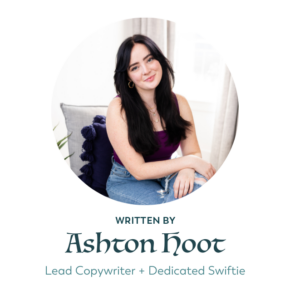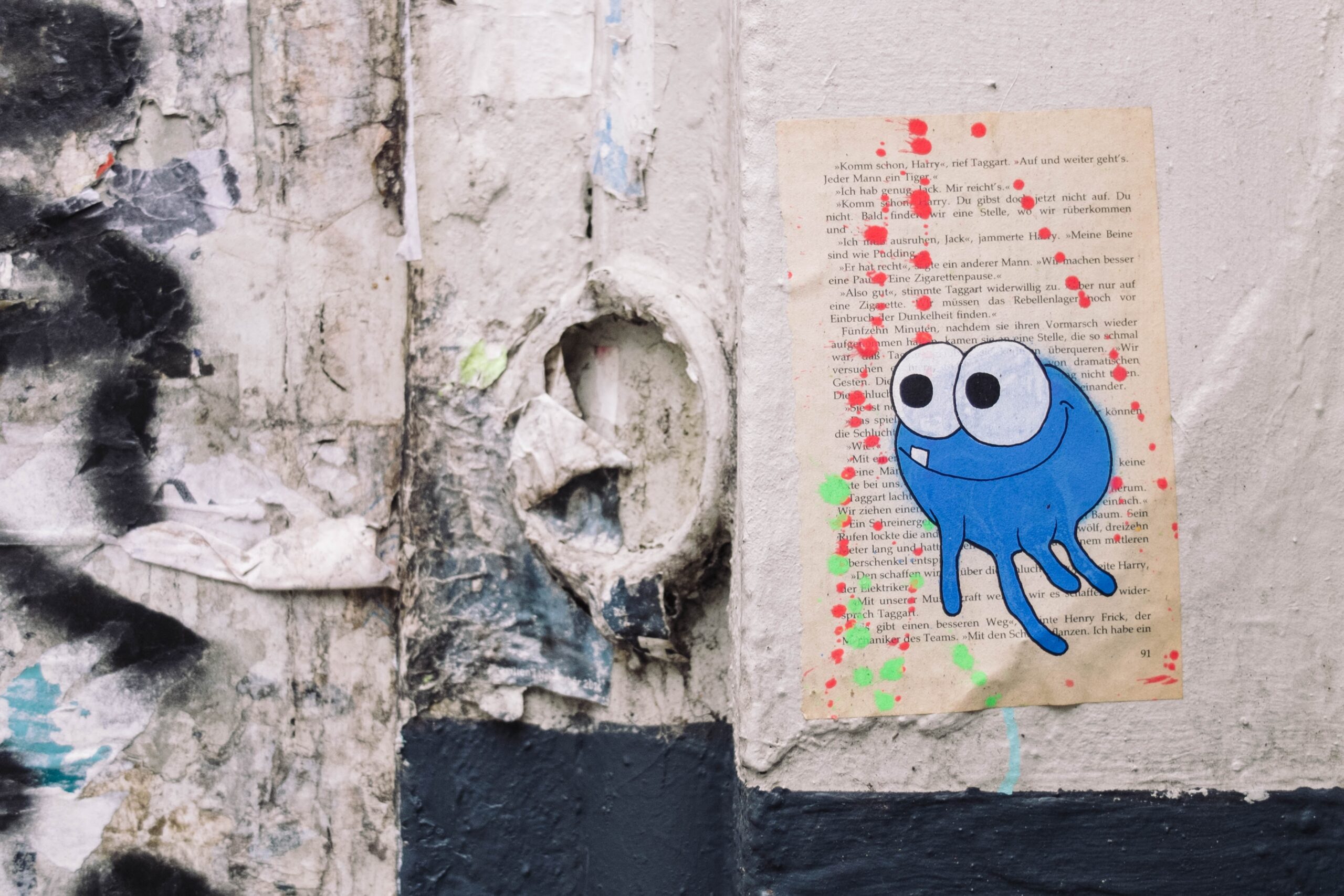One of the most important elements of your website is how you share your offers. But I probably didn’t need to tell you that, right?
Still, you’ve probably heard the words “landing page” and “sales page” thrown around a time or two, and might be wondering…what’s the difference?
Well, pull out your notebooks and pens, because class is in session. And in today’s lesson? Everything you need to know about sales pages, landing pages, and how to tell which one is right for your biz!
Let’s get into it.
What’s a sales page?
It’s all in the title baby. This is a page on your website (or on your sales funnel tool) to sell something, whether that’s a product, a membership, a course, or 1:1 services. The sales page has all the whats, wheres, and hows about your offer.
Sales pages showcase offers that are fully fleshed out and ready for people to buy. And you can pull out all the stops too — testimonials, outcomes, modules, bonuses included, you name it.
They also tend to be much lengthier than a landing page. You need somewhere to put all that info!
What to include on your sales pages
Ready to write your sales page? Here’s what to include.
Know your audience
Any good sales page is going to appeal directly to your target audience — not you. You need to focus on their problems and pain points, and position your offer as the solution. But you can’t do any of that until you know who you want to talk to.
So if you don’t have that figured out yet, take a beat and sort that out before you get cracking.
Include a value proposition
There will be a point on your sales page where you need to cut to the chase. Somewhere in there, you need to include a value proposition so people can be crystal clear about what you’re offering them.
It’s kind of like your elevator pitch, but just for this one product or service. For example…
“I help ___ do ____ by ____.”
If you were a brand designer offering packages instead of retainers, you could write something like, “I help women build brands they love by taking the hassle out of design. Now it’s your turn!”
It doesn’t have to read exactly like that or even include all those words. There just needs to be something on there that readers can easily pick out if they’re skim-reading (and they most definitely are).
Good design
I may be a little biased on this, but, good sales pages need good design to back up the copy. And I don’t just mean having the cute frills, like pop-ups or animation. I mean, does it flow? Does the design work well enough to guide your audience along the journey you’re taking them on?
This would include elements like:
- Titles, headers, and subheaders (not just for readability, but also for SEO purposes)
- High-quality images that appropriately convey the message you want to get across
- Mockups, if applicable, so your audience has a better visual of what they’re getting
- Icons or charts to break things up visually (GIFs work pretty well too and can help drive home brand voice or add some humor)
- Clear CTAs (ones that don’t get lost in the sea of text)
Logic
Good sales pages also need logic. Everyone’s audience is different, so in terms of what order each thing goes in, that may vary slightly. But for the most part, a good sales page follows this sequence:
- Appeal to your audience
- Introduce the offer
- Tell them what makes you qualified and why they should care
You want to make sure you’re appealing to your audience FIRST — that’s pretty much a non-negotiable. Why? Because it grabs their attention. Your audience can immediately relate to what you’re saying. That’s your in!
Then, you introduce the offer and all the things included, like pricing, testimonials, features, etc.
And finally, you talk about yourself, or at least, why people should care about this offer. What makes you qualified to offer this? What proof can you show people they’ll get what they purchase (and more!)?
That’s the basic, but effective, flow for a sales page.
What’s a landing page?
Okay, now that we’ve covered what a sales page is, let’s talk landing pages!
Landing pages are pretty similar to sales pages, but much less extensive and MUCH shorter. You’d usually use one if you’ve got an offer in the works, and need to get people on a waitlist. Or if you have a freebie/opt-in to show off. Or if they’re checking out/signing up for an event.
You’re still showing off your offer, but because there’s much less content inside said offer, they need to be short and sweet.
What to include in your landing pages
The biggest thing I can say is get to the point. Because the offer is not yet available, or doesn’t have all the bells and whistles, you don’t need a three-mile-long page to show it off.
There’s little risk and less reward than something you’d write a sales page for. Which means people are going to take less time to make their decision (signing up for the waitlist, downloading their freebie, etc.). So they want to get to the point ASAP!
Still, there are some things you shouldn’t forget, like:
- An opt-in form, if needed
- A mockup or photo of the offer
- A few paragraphs detailing the offer and what’s inside
- If you’re feeling snazzy, and about section so people get to know you and your expertise better
- Check out forms, if needed
So, which one do you need?
What the answer to this question really comes down to is what you’re offering. If you’ve got a higher price point offer, a sales page. If you want to get people on a waitlist or to download a freebie to introduce them to your sales funnel, a landing page.
The content of these are similar, yes, but the strategy is much different. It’s all about what you’re bringing to the table…or the page…or whatever. Catch my drift?
Good — class dismissed!
P.S. — Need help ideating and creating your sales or landing pages? We’ve got you covered. Schedule a discovery call here!

